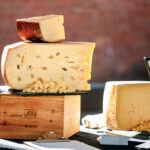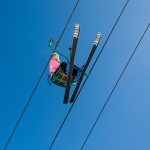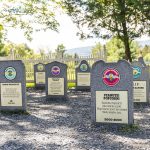7 Best Things to See at the Shelburne Museum in Shelburne, Vermont
With 45 acres and tens of thousands of objects on display, Vermont’s Shelburne Museum is New England’s best treasure hunt. Here are seven of the best things to see when you visit.

The steamship Ticonderoga peeks out amid the trees and buildings on the Shelburne Museum campus.
Photo Credit: Andy DubackTo someone who has never visited Shelburne Museum: Forget what you think a museum is. Instead, imagine driving a winding country road. Encountering sights both stunning and unexpected, you want to stop around every curve. You planned to go for an hour or two, but—not wanting to miss anything—you keep driving. And in the end, you’re sorry when it’s time to turn for home. That is what exploring Shelburne Museum’s campus of awe-inspiring art and history feels like.
Founded in the town of Shelburne in 1947, the museum is the singular creation of Electra Havemeyer Webb, who was driven to collect—and display—everything and anything that caught her eye. Raised in an opulent New York home with European masterworks on the walls, she found inexhaustible delight in carvings, decoys, and dolls. She loved whimsy (where else can you see the world’s largest collections of glass canes and trivets?) and exquisite crafts. In creating what she called “a collection of collections,” she pursued art, architecture, and artifacts until her death in 1960. “Some people have the place and find the piece,” she once said. “Not I. I buy the piece and find the place.” Her vision. Your gift.
7 Best Things to See at the Shelburne Museum in Vermont
Circus Building miniatures.
Behold two magnificent obsessions with making a tiny world. Roy Arnold’s 500-foot-long circus parade showcases his 30-year devotion to hand-carving 4,000 tiny figures in intricate detail (the wagon wheels even have working brakes). Sharing space is Edgar Kirk’s 3,500-piece miniature three-ring circus, crafted with a penknife and a jigsaw over nearly half a century.
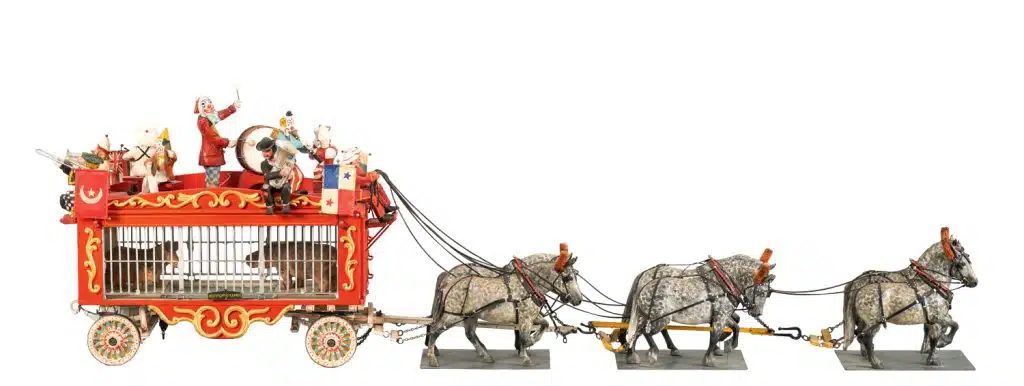
Photo Credit : Collection of Shelburne Museum. Photo by Andy Duback
Electra Havemeyer Webb Memorial Building.
A “masterpiece” theater unfolds in an intimate setting. In these seven rooms re-created from Webb’s Park Avenue apartment, you can get close to works by the likes of Monet and Rembrandt. (Art lovers will also want to drop into the nearby Webb Gallery of American Art to spy one of Webb’s final acquisitions, Andrew Wyeth’s heart-stopping Soaring.)
Ticonderoga. Yes, that is a real 220-foot-long paddle-wheel steamboat that plied Lake Champlain more than a century ago. In one of Webb’s most improbable pursuits of an eye-catching relic, the “Ti” arrived in 1955 after a months-long journey of being hauled, foot by foot, across two miles of rugged terrain.
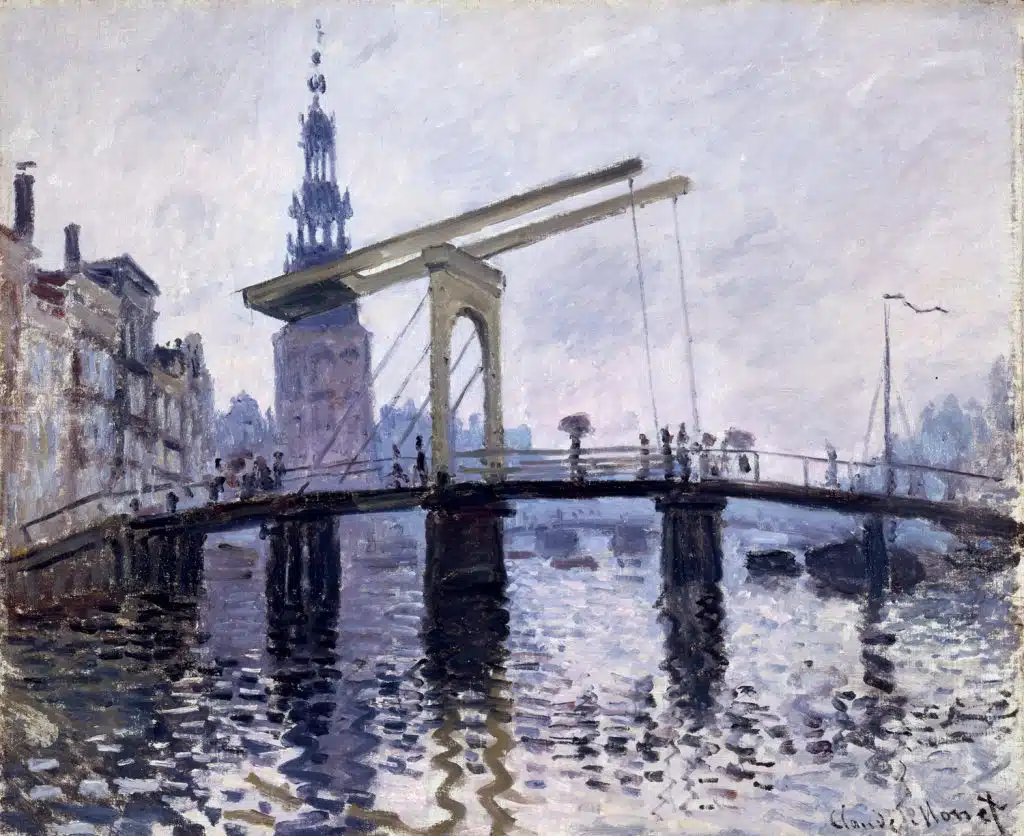
Photo Credit : Collection of Shelburne Museum; gift of the Electra Havemeyer Webb Fund Inc.
The Dana-Spencer Textile Galleries at Hat and Fragrance. If quilters and embroiderers had a hall of fame, it would look a lot like this. In addition to more than 700 quilts, the collection includes fine examples of samplers, hooked rugs, and woven coverlets, revealing how women used uncommon talents to make their way into a male-dominated world of arts and crafts. One highlight among many: Patty Yoder’s contemporary hooked rugs portraying life on her Vermont farm.
Stagecoach Inn folk art. Grandma Moses herself celebrated her 100th birthday at this temple of folk art—Webb’s truest love—set in a 1783 Vermont inn. Beginning with a cigar-store figure she bought at age 19, Webb acquired a lifetime trove of weathervanes, trade signs, and regional artwork long before they were considered collector’s items.
Dorset House decoys. Nature and art become one in these 1,400 wildfowl decoys created by the most accomplished 19th- and 20th-century crafters. Webb’s collection played a major role in such decoys being recognized as unique American art.
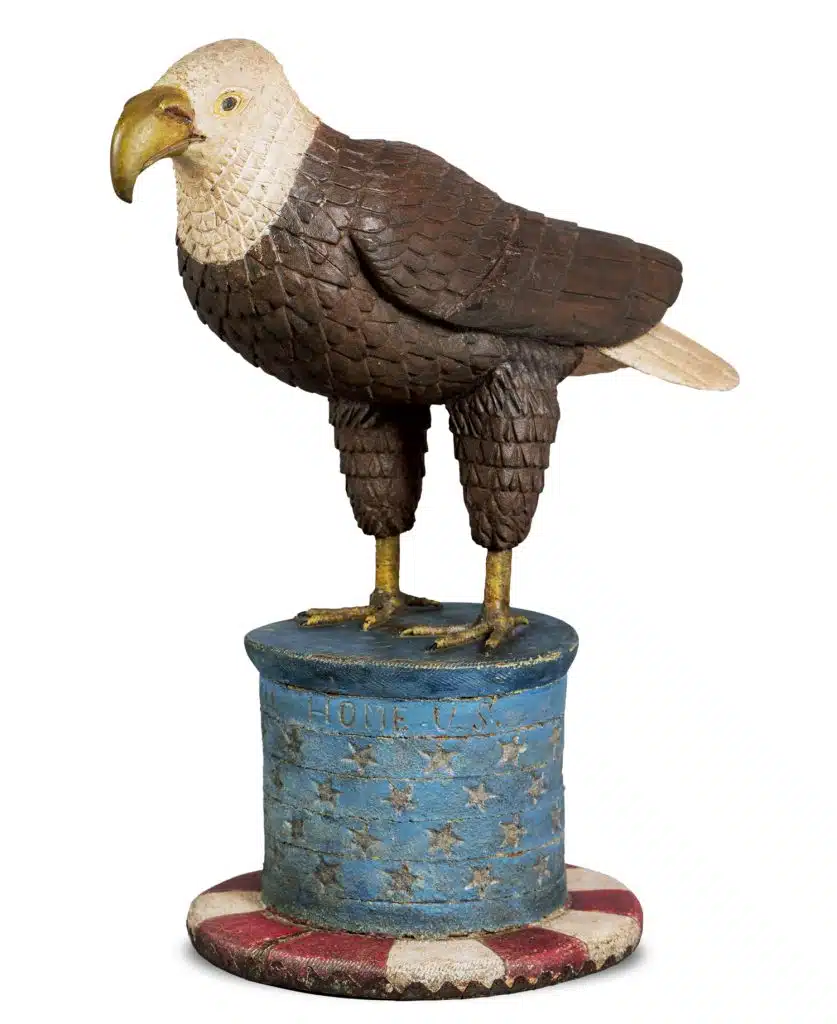
Photo Credit : Collection of Shelburne Museum; museum purchase. Photo by Andy Duback
Round Barn carriages. Inside the 1901 Shaker-style Round Barn lies Shelburne Museum’s origin story: After her husband’s family gifted her 28 elegant horse-drawn carriages in 1946, Webb wanted to preserve and display them for the public. Gaze at the gold satin-lined interior of an 1890 Million et Guiet Berlin Coach, and imagine riding like royalty. Then stroll among the barn’s nearly 200 horse-drawn wagons, stagecoaches, and sleighs to see how ordinary New Englanders moved around, too. shelburnemuseum.org

